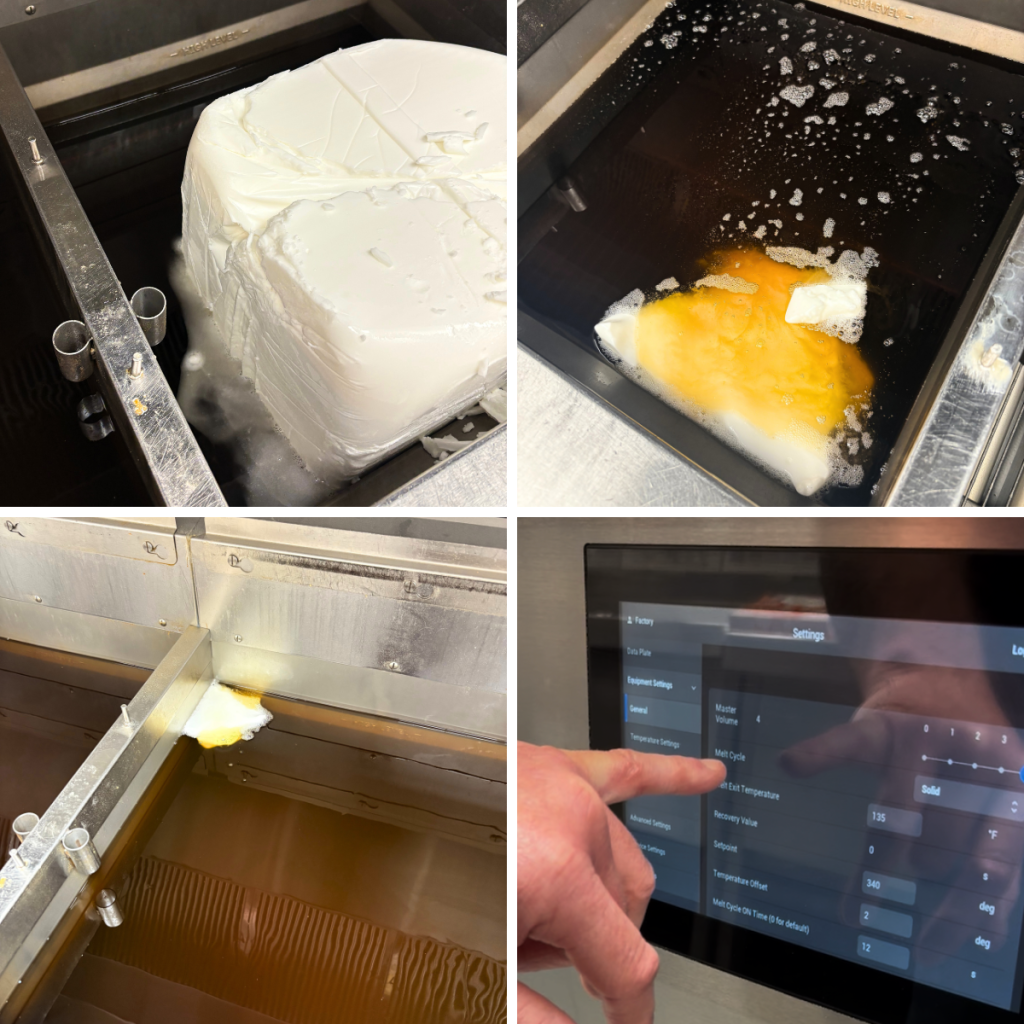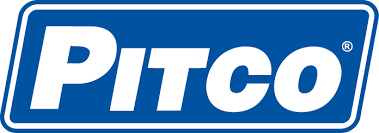Why Seed Oil Free Certification Is Making Waves in Foodservice

There are many reasons why restaurant or foodservice customers might ask about the type of frying oil used in fryers. The obvious answer is a food allergy, but another frequent reason is health. Ultimately, foodservice operators should be prepared to answer the following question: What type of oil do you use in your fryer?
Whether it’s frying, sautéing, or prepping, people want transparency. Some want change. Seed Oil Free Certification offers a clear, credible response to meet demand with confidence and the right tools.
Why the Seed Oil Conversation Matters
Public scrutiny around seed oils—like soybean, canola, and corn—is rising, mainly due to concerns about how they’re processed and their potential health risks. The science is still unfolding, but in foodservice, perception often drives behavior. And today, that perception is shifting fast.
Diners are more label-conscious than ever and are researching ingredients and asking questions. Operators who offer clarity earn trust; those who don’t risk losing credibility. Being able to answer questions about new food trends can turn curiosity into customer loyalty.
What Is Seed Oil-Free Certification?
Seed Oil-Free Certification is a third-party verification that a commercial kitchen avoids industrial seed oils in its cooking and prep processes. The Seed Oil-Free Alliance, which recently certified its first U.S. restaurant, Roam Artisan Burgers in San Francisco, conducts audits to ensure compliance. It’s not just a sticker on the window; it’s a declaration of thoughtful ingredient choices.
For health-conscious guests, that message resonates. Certification helps restaurants stand out and signal they’re listening to a growing audience that wants better options.
How to Get Certified
Certification starts with a full kitchen audit. Operators must examine every bottle, fryer, and recipe to pinpoint where seed oils appear. The next step is switching to alternatives like olive oil, avocado oil, or beef tallow. Afterward, staff must be trained, and suppliers may need updating to ensure consistency.
Once the transition is complete, a verified certification process begins. The result? A kitchen that can confidently communicate its commitment to clean cooking.
Heating Beef Tallow in a Pitco Fryer
Why Beef Tallow?
A popular substitution for seed oil is beef tallow, a cooking fat that’s solid at room temperature. It is produced from the clarified fatty tissue found around the organs of animals such as cows, buffalo, sheep, goats, and deer. Made up primarily of the saturated fat stearic acid, tallow has become a popular alternative for deep frying due to its rich flavor and heat stability.
Thinking of Switching?
Because beef tallow starts in a solid state, there are some things you should consider to safely heat it in a Pitco fryer.
What Type of Control System Is Your Fryer?
All Pitco fryers are adaptable to a switch to beef tallow, but heating best practices vary based on control system type:
-
Millivolt Control
-
Solid State Control
-
Digital
-
12 Button Computer (I12/K12)
-
Touchscreen (OneTouch or VS7)
🔍 Tip: Learn more about Millivolt and Solid State Controls to ensure you’re matching oil behavior with proper equipment features.
How Do Melt Cycle Options Work?
Most modern Pitco control systems support a melt cycle, which gradually brings solid fats like beef tallow to a liquid state. This prevents damage to the fryer and ensures even heat distribution:

-
Supported on: Solid State, Digital, 12 Button, and Touchscreen
-
Not supported on: Millivolt (manual melt process required)
Think of it like warming up your car in winter—you wouldn’t rev the engine from a cold start. Fryers need the same gentle approach. A melt cycle first brings tallow to about 250°F, then continues to 350°F at full power for optimal frying.
Best Practices for Oil Management
-
Safety first: Make sure your thermostat is properly calibrated.
-
Cover your vats: Use tank covers at night to prevent contamination.
-
Filter regularly: Continue filtering 2–3 times daily—even with tallow. Proper filtration frequency and filter types remain the same.
Where Pitco Can Help
Switching oils doesn’t just affect ingredients. It involves equipment. Different oils behave differently under heat. Some are thicker, and some break down faster. Not knowing the limitations of certain oils or using the wrong fryer can lead to inconsistent results or wasted product.
Pitco fryers handle a wide range of oils without sacrificing performance. Whether switching to olive oil for health appeal or beef tallow for flavor, Pitco fryers help maintain food quality and efficiency. The Pitco Fryer Selector Tool makes it easy to match equipment to your oil of choice, ensuring your seed oil-free transition is smooth and sustainable.
Topics
- Foods & Trends (93)
- Fryers (89)
- Oil (58)
- Fried Food (54)
- Filtration (33)
- See All Topics

